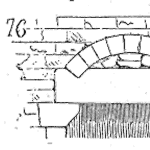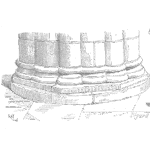
Maria Popova recently wrote about the work of James T. Mangan and his book You Can Do Anything!, published in 1936. In particular she focused on one section titled 14 Ways to Acquire Knowledge
The article is about learning anything, which had me thinking about how to learn reliability engineering. So, without apology let’s explore 14 ways to learn about reliability engineering. [Read more…]











